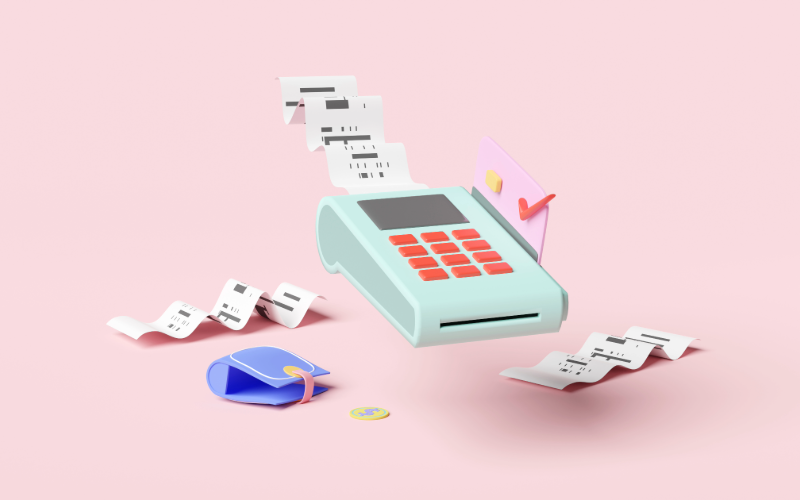
NFC
One of the most notable innovations in credit or debit cards is the incorporation of chips that allow wireless payments to be made using proximity technology, commonly known as contactless. This advancement has revolutionized the way we transact, offering a faster and more convenient shopping experience.
How does Contactless Technology Work?
Contactless technology allows users to make payments by simply bringing their card close to the corresponding reader, without the need to insert or swipe it. This operation is carried out thanks to a chip integrated into the card that, when in proximity to the payment terminal, establishes short-range wireless communication through NFC (Near Field Communication) technology. Once the card and reader communicate, the transaction is completed in a matter of seconds, providing a seamless and hassle-free payment experience.
This type of transaction has become particularly popular in establishments where speed is key, such as retail stores, bars, restaurants, and public transportation systems. In these environments, the ability to process payments quickly not only improves operational efficiency, but also increases customer satisfaction by reducing wait times.
Advantages of Contactless Transactions
Contactless transactions offer a number of benefits that have driven their adoption around the world:
1. Speed and Efficiency: By not requiring physical contact or the introduction of a PIN for small purchases, transactions are carried out much faster than traditional methods. This is especially useful in situations where time is a critical factor.
2. Convenience: The ability to make payments with just one touch eliminates the need to carry cash or worry about card compatibility with different types of terminals. Additionally, many mobile devices now allow contactless payments through digital wallet apps, adding an extra layer of convenience.
3. Hygiene: In an increasingly hygiene-conscious world, especially in times of pandemic, contactless transactions have gained relevance by minimizing the exchange of physical objects and reducing the need to touch shared surfaces.
Security Risks Associated with Contactless Technology
Despite the advantages, contactless technology is not without risks, especially when it comes to the security of financial data. Cybersecurity experts have pointed out several potential dangers that users should be aware of:
1. Information Theft: Since transactions are carried out wirelessly, there is the possibility that cybercriminals with specialized devices intercept the communication between the card and the reader, stealing sensitive information. Although these situations are rare, the risk is not zero.
2. Unauthorized Transactions: If a card is lost or stolen, a third party could make transactions without the need for a PIN for low-value purchases. Although card issuers often have fraud protection policies, it is important to report the loss as soon as possible.
3. Replay Attacks: Some attackers may attempt to replicate the signal from a contactless card in a controlled environment, allowing them to make unauthorized purchases. Although modern cards are designed with security measures to mitigate this risk, it is a concern that should not be overlooked.
How to Protect Yourself When Using Contactless Cards
Given the importance of protecting financial information, it is essential that users take steps to reduce the risks associated with contactless transactions. Here are some key recommendations:
1. Monitor Transactions: It is vital to regularly review bank account movements to detect any unusual or unauthorized activity. Many banking applications allow you to configure real-time alerts to notify the user of each transaction made.
2. Using RFID Blocking Sleeves: These special sleeves block radio frequency signals, preventing an attacker from reading the card information remotely.
3. Set Spending Limits: Some banks allow users to set daily limits for contactless transactions. This is an effective way to limit the financial impact if the card is compromised.
4. Report Loss or Theft Immediately: In the event of loss or theft, it is crucial to notify the bank immediately so they can deactivate the card and prevent any unauthorized transactions.
Debit and credit cards with contactless technology have brought with them a new era of convenience and efficiency in daily transactions. However, it is essential that users are aware of the associated security risks and take the necessary precautions to protect their financial information. With proper use and protective measures, it is possible to enjoy the benefits of this innovative technology without compromising personal safety.
